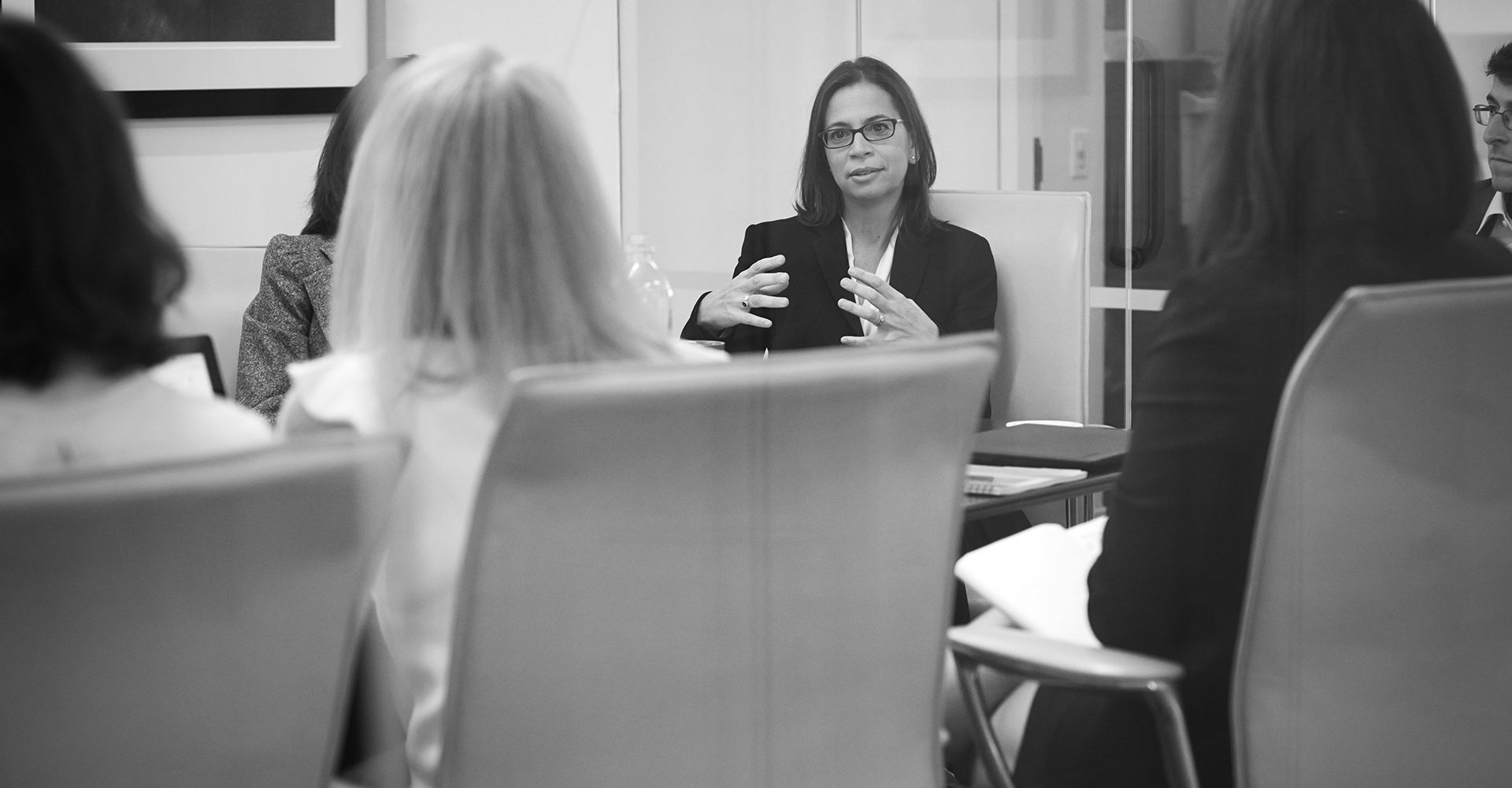How we can change law firm culture: “Each for equal” on International Women’s Day




Every year on March 8 we celebrate International Women’s Day (IWD). We welcome the opportunity to recognize women’s many achievements and foster a culture in which we can unlock our full potential. But dedicating just one day a year is not enough for an endeavor that addresses half the world’s population.
Throughout my 25-year career, gender equality in law has been an ongoing and urgent topic of discussion. But progress is slow. Women still account for only 20% of law firm equity partners despite making up half of law school graduating classes, according to a 2019 American Bar Association and American Lawyer Media Intelligence study.
With that in mind, I applaud the theme for this year’s IWD: “Each for Equal.” We each have a responsibility to examine what steps we individually and our organizations collectively can take to make the world a more equal place. In the context of legal services, clients are starting to take such proactive steps.
In the past year, we have seen growing pressure by clients on law firms to improve their diversity. This matters! The incentive to change is especially profound when it comes from clients who hold the purse strings.
In a recent Q&A, rising star Saadia Bhatty of the law firm Gide described a memorable pitch her firm made to one of the largest companies in France. All 10+ members of the in-house team interviewing the law firms were women, and it was made clear to the pitching law firms that: "When you send over a team to pitch and there are no women on the team or it's led by a non-woman, it's insulting for us who are making the decision." Saadia’s team made it onto the panel, but in the process completely changed their approach to pitching, which included releasing their diversity numbers.
This is not an isolated example. Facebook, HP, MetLife, Intel and other Fortune 500 companies track diversity and penalize service providers that fail to meet specific diversity requirements, and they have been deliberately public about it. GCs are now asking law firms both for diversity statistics and whether there are women leading their matters. Most notably, last year 170 top GCs penned an open letter to law firms demanding that they actively improve diversity or risk losing their business. The letter got the attention it was designed to draw; it resulted in a detailed set of strategies and tactics that in-house legal departments can use to improve outside counsel diversity.
In-house counsel have recognized their role as influencers of law firm culture and are taking on responsibility for building a more equitable industry.
The impetus for The Equity Project was borne out of the realization that very few of the cases presented to Burford for funding were led by women.
With the Equity Project, Burford has earmarked a $50 million pool of capital for women-led litigation or arbitration matters. We recognize that if you are trying to change the culture of law you have to start with law firm economics—which is why pressure from clients is so effective.
Law firm success is intrinsically linked to origination credit and building a book of business. Equity Project capital shifts risk from the law firm or client to Burford, enabling women lawyers to differentiate themselves from competitors and demonstrate to clients that they can affirmatively pursue meritorious litigation without taking on additional risk.
In a competitive industry like law, financial incentives are effective. They not only provide a business case for putting forward women lawyers, but they help to facilitate the conversation around the gender gap, shedding light on the problem and the potential solutions.
Burford remains committed to being at the forefront of driving this change until we achieve true gender equity in law. Until then we must “each” continue to push for “equal.”